Piling Construction: What is it, Types, Design, Problems
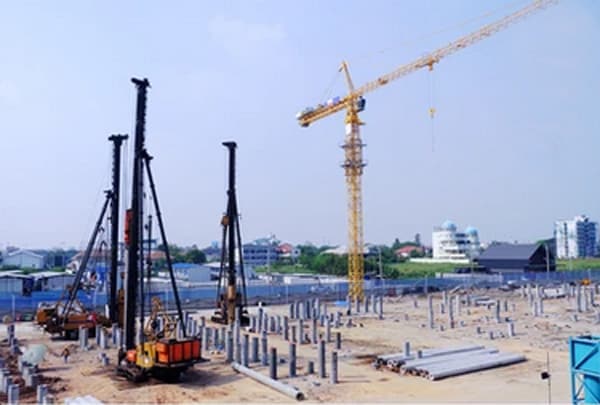
Building foundations are often weak to bear a load of superstructure without any support. These support many include soil reinforcement techniques, techniques to reduce the intensity to load acting on the building foundations, and methods to transmit loads to deeper strata.
Soil reinforcement techniques include geopolymers or chemical treatments to improve soil load-bearing capacity. Mat or raft foundations can be used to distribute evenly the load on the building foundations.
Lastly, the most efficient option yet a bit expensive than other alternatives is piling. Piling makes use of columns-like structures to transfer the building loads to the deep strong strata below.
In this article, we will be exploring piling construction technique, their types, design approaches, and construction problems associated with them
Contents
What is Piling Construction
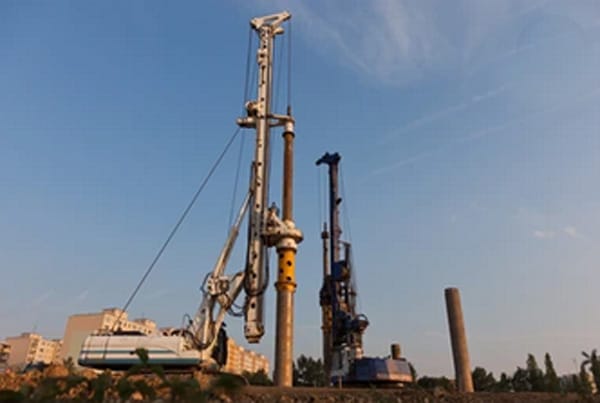
Piling is a deep foundation construction technique used to transmit building load to deep strong strata underground.
The strong strata can be a hard bedrock or a compact soil bed.
Piles are usually circular or square shape cross-section columns of reinforced concrete, timber, steel-concrete composite materials. They are driven or nailed in into the earth until their tip reaches a hard layer of soil. The base of the building rests on the cap of piles, which are flat surfaces attached on top of piles. The load is then transferred through pipes to the strata below.
How to Construct Pile Foundation
Unlike other types of elements of building construction likes beams or columns, which are constructed by casting and connecting horizontally, piles are driven or nailed.
Driven piles are screwed into the earth using a pile driver, which works similarly to the screwdriver. It rotates the pile using the pneumatically driven shaft into the earth.
The alternate method of pile construction is nailing them into the earth using a pneumatic hammer.
Apart from these driven piles, another popular category of piles is contiguous piles. They are constructed using CFA (Continuous Flight Auger) or CSP (Cased Secant Piling) or LDA (Large Diameter Auger) construction techniques.
The construction of piles generally follows several steps including:
- Positioning of the pile locations using peg wooded pegs or white paint.
- After positioning, the case of piles is made using a steel cage. Concrete is then poured into the cage. The steel reinforcement is placed before pouring the concrete. Then the concrete is allowed to set.
- After that, piles are now ready to be drilled into the ground. Driller named as auger can be used for this purpose.
- Once the piles are driven into the soil, a cap of piles is installed. The caps of several piles can be joined together, or they can be separately placed.
Types of Piles in Construction
Piles can be classified into many types based on their load transfer mechanism.
- Friction piles
- Bearing piles
- Friction-cum-bearing piles.
- Guide piles
- Batter piles
- sheet piles.
Bearing Piles
Bearing piles are ground-driven piles supported on a hard stratum. They act as pillars or columns allowing the vertical loads to be transferred from the foundations to underneath deep strata. They resist load by the bearing capacity of the column.
Friction pile
Unlike bearing piles, which resist load by developing bearing action in the columns, friction piles resist loads by developing the frictional forces along the pile surface. The longer the length of the pile more is the amount of load it can resist.
Similarly, the greater the area more it can resist. Frictional force generated in these piles is a function of pile surface area.
To increase the load-bearing capacity of piles there surface area should be increased. The type of material also plays an important role in increasing the amount of frictional force. Rough surfaces offer good frictional resistance.
These piles are not required to rest on hard strata.
Friction cum bearing piles
These types of piles resist the axial loads through both actions bearing and frictional forces.
In reality, you will find most of the piles of this nature, which would be designed to resist by developing both of these resistive forces.
Batter piles
In contrast to the previous two types of piles, which are used to resist action in the vertical direction, batter piles resist seismic forces by their diagonal placement.
As a result, the horizontal component of the internal resistive force developed in the battered pile resists the horizontal external load. The internal force developed in batter piles can be due to both the friction component and the bearing component or either of one.
Guide piles
These are a special type of piles used in the formation of the cofferdam to perform stabilization for any submerged water construction.
Piles can also be categorized based on the type of material. Following are the most common type of piles based on material differences.
- Concrete piles
- Steel pipes
- Timber piles
- Steel H or I shaped piles
- Composite piles
Pile Design and Construction
Follow basic steps are followed to design pile foundation system
- The piles are designed by first calculating the load each pile has to resist. This is obtained by dividing the total load on the foundation by the number of piles.
- Once a load of each pile is calculated it is converted into axial stress. This axial stress should be less than the allowable load carrying capacity of the pile.
- The buckling load capacity of the column is evaluated by calculating first the Euler critical load and then comparing it with the acting load on the column. It should be less than the acting load.
- Lastly, the load-carrying capacity of the column due to frictional resistance is evaluated by multiplying the surface area of the column with the roughness coefficient. This resistance should be greater than the actual load on the pile.
Problems in Bored Piles Constructions
Following are the few major issues faced during the pile construction.
Deterioration of steel or concrete
The concrete and steel parts of the pile can be damaged during the construction process. Moreover, they can have also some initial defects.
To overcome this, proper care should be taken during the fabrication and construction process. Skilled labor should be employed at all stages of construction. A damaged pile may not be able to resist the desired load.
The collapse of sides of piles
The sides of piles can collapse if the casing is not installed or it is not properly closed. In such cases, proper care should be taken.
Settlement of the adjacent area
During the driving of piles, vibrations are created. This vibration can cause a rise in pore water pressure in surrounding soils, which will then reduce their stability. Therefore proper care should be taken in such cases.
Moreover driving piles in the water head can reduce the number of vibrations transferred to surrounding soils.
Excessive water in pile holes
Groundwater can flow into the pile holes which may also result in excessive water in the holes. To overcome this issue bentonite slurry or steel casing should be employed
Conclusions
This article describes the technology of pile construction including design, different types, and the construction process.
Lastly, different problems faced during the pile construction are also highlighted along with the possible solutions. Nevertheless, pile constriction offers a perfect alternative to reinforce the building foundations.
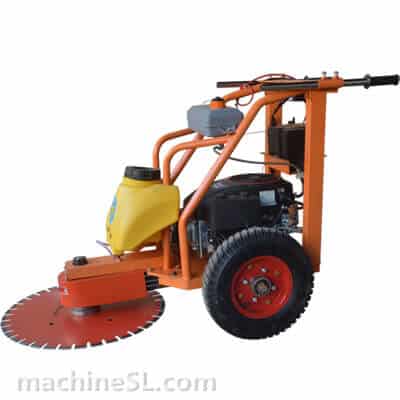
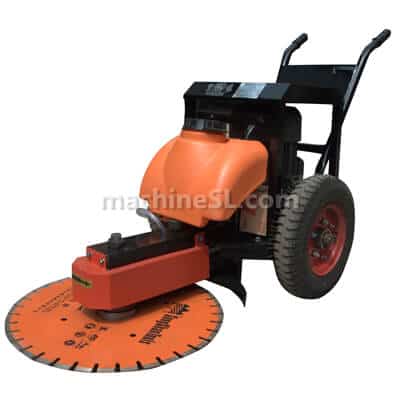
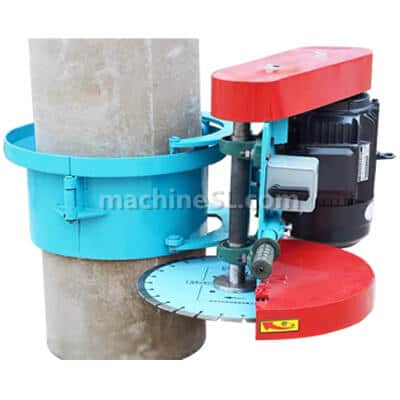
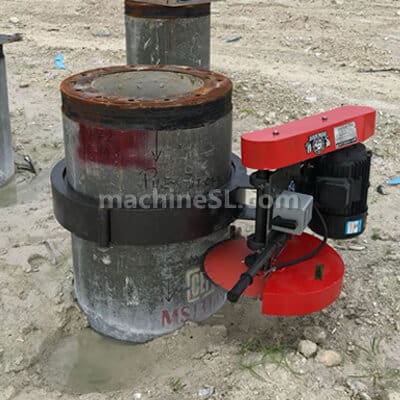
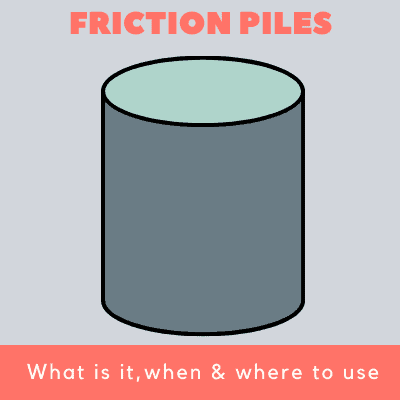
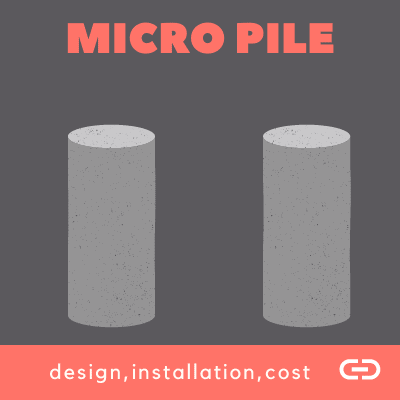
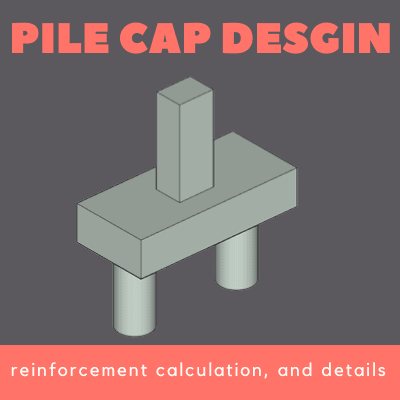
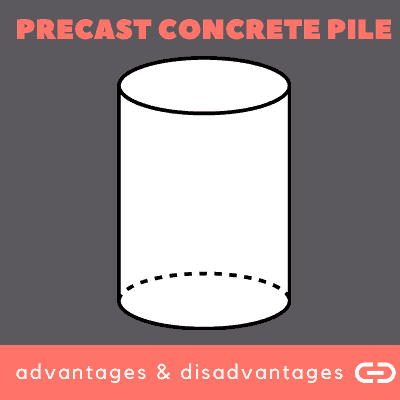
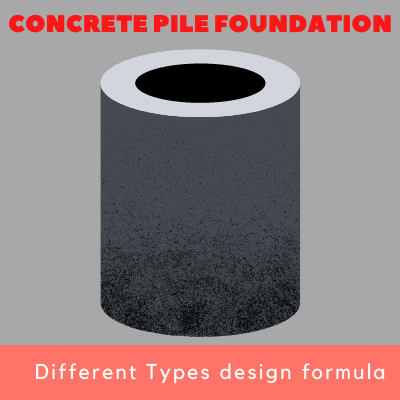
Ooh, I didn’t know that batter piles provide complementary strength for a structure as well. A mini library is going to be built near my house and the construction process starts next month. I’ll ask those in-charge to consult an expert before doing further excavation works.